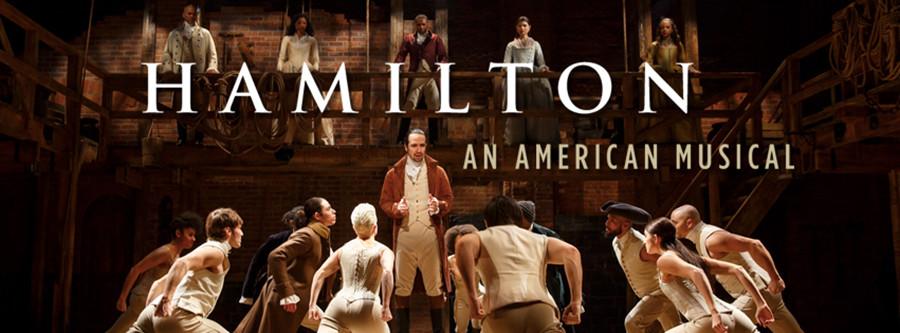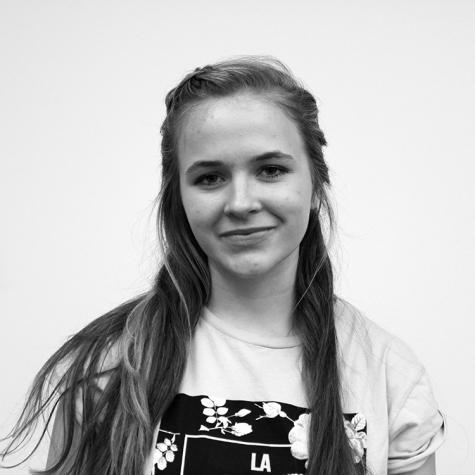Show delights with hip-hop history
Lin-Manuel Miranda stars in “Hamilton,” the rap musical he wrote.
March 4, 2015
“Hamilton” is a new hip-hop-influenced musical based on the life of founding father Alexander Hamilton. This modernized colonial tale is currently gracing the Public Theater, and is, in its own way, creating a revolution.
Hamilton’s prowess as a wordsmith is true of both the character and the man playing him. Lin-Manuel Miranda plays Hamilton with his mastery of language and rhythm. “Hamilton” is primarily composed of rap music which uniquely juxtaposes the historical content and imbues the whole play with a hip-hop style. The musical is inspired by Ron Chernow’s book “Alexander Hamilton,” which sparked Miranda’s curiosity when responsible for the production’s book, lyrics, and music, interpreting Hamilton as the Tupac of the American Revolution.
Besides the modern prose and beat, the rest of the production is of the period. The return to the 18th century is cut with modern verbiage that melds history and modernity in an unparalleled theatrical experience. These characters express themselves similarly to how we do today, concerning love and hopelessness. The simple, modern prose connects viewers even more to these characters.
Miranda’s writing beautifully and effortlessly creates both incredibly catchy beats and clever lyrics incorporating wonderful plays on words. Eliza Schuyler, who later marries Hamilton, is played by the strong and endearing Phillipa Soo. In the performance of “Hopeless,” Schuyler expresses the love-at-first-sight she experiences when she locks eyes with Hamilton for the first time.
“Down for the count and the sky’s the limit,” she repeats, and the ensemble repeats the line.
Miranda plays a sharp, eloquent Hamilton alongside a smooth and commanding Aaron Burr, played by Leslie Odom Jr. Manuel and Odom navigate the stage tensely. Yet at the end of the first act, they share a warm moment as new fathers. The two tenderly sing to their children, understanding each other on a sentimental level.
Brian d’Arcy James appears as a sassy King George of England who humorously comments on the colonial situation. Draped in what looks like a dalmation, James stiffly yet merrily sings, sneering at America, adding a humorous, unique perspective.
Along with the musical’s main actors, its choreography and entire ensemble strongly deliver. For instance, Andy Blankenbuehler’s sharp choreography is flawlessly incorporated into the production. He uses dance more often and more inventively than other recent musicals. Movements are isolated and pulsated, often simulating literal actions or sounds. The skillful ensemble is almost always on stage or around the edges, using their bodies or movements to add to the show’s meticulously-crafted canvas.
“Hamilton” also delivers from an aesthetic perspective. For example, the set has a turntable that allows for unique staging headed up by director, Thomas Kail. In the wedding scene, the turn table is used to reverse the scene. The scratchy, techno-esqe music further heightened the feeling of the backtracking.
“Hamilton” explores the life of a genius and tells viewers the story through beautifully crafted word, beat, movement and voice.
Before Hamilton’s death, he says, “What is a legacy? It’s planting seeds in a garden you’ll never get to see.”
“Hamilton” is running at the Public Theater until May 3, before transferring to Broadway, where previews will begin July 13 at the Richard Rodgers Theatre.
A version of this article appeared in the Wednesday, March 4 print edition. Email Caroline Cunfer at [email protected]
























































































































































